AMR is now capturing the attention of manufacturers seeking smarter automation solutions, proving to be highly valued as a transformative technology. Before investing, businesses should carefully evaluate the autonomous mobile robot market to maximize returns. In this article, Phenikaa-X will guide you exploring global market trends, regional dynamics, and emerging applications, providing essential insights for informed decision-making on AMR technology.
1. Introduction to Autonomous Mobile Robots
Autonomous Mobile Robots (AMR) is a special type robot capable of working autonomously with minimum human interactions. Unlike traditional industrial robots that rely on fixed paths, AMR uses sensors, artificial intelligence (AI), and machine learning to navigate complex environments independently. This technology is gaining significant attention from businesses in manufacturing, warehousing, logistics and services for its ability to reduce labor costs, enhance efficiency and most importantly, improve workplace safety.
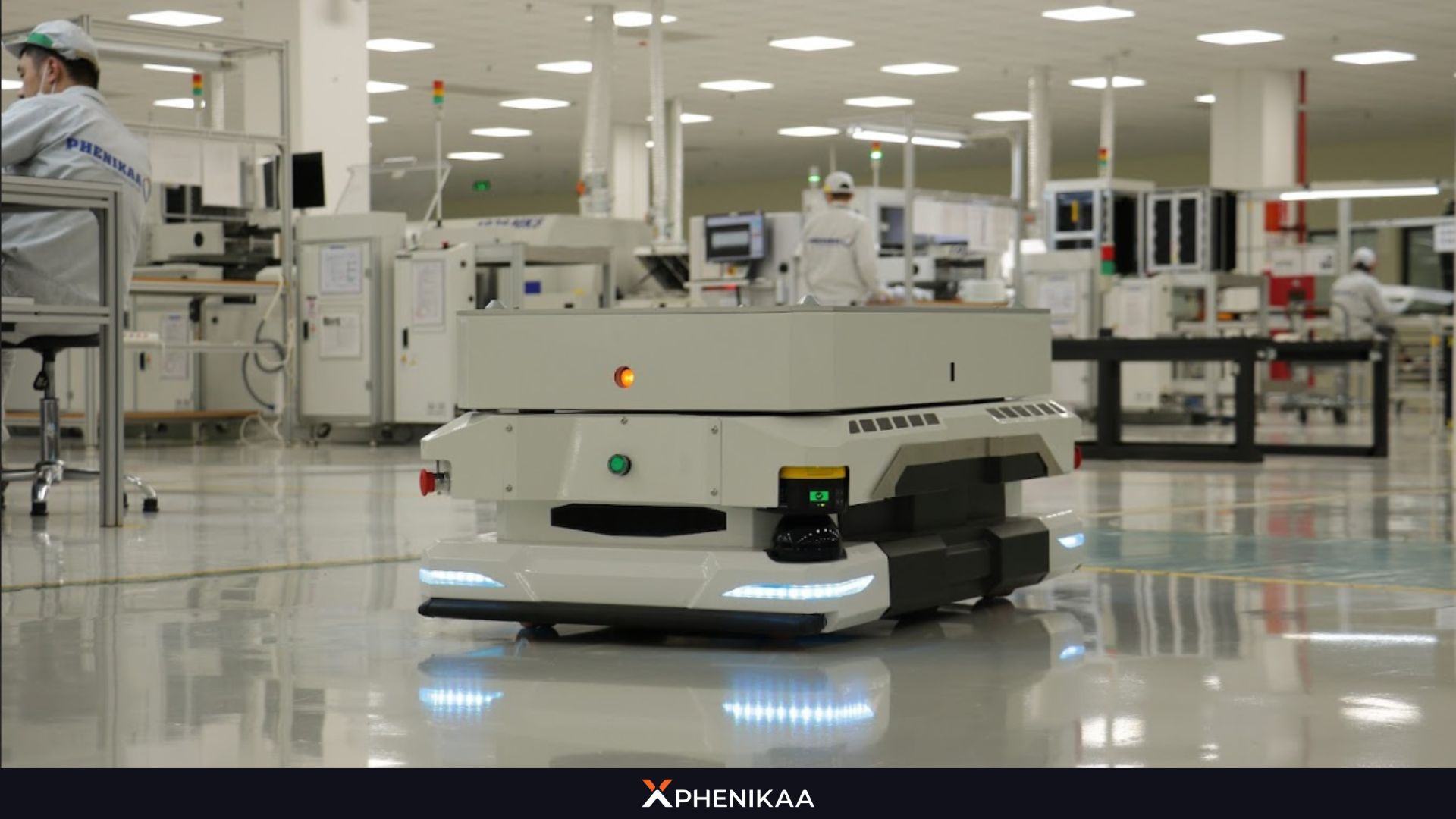
According to Grand View Research, the global autonomous mobile robot market reached a value of $4.07 billion in 2024, underscoring its rapid adoption and immense potential. As industries now acknowledge AMR is the future of smart automation, this technology is promised to transform operational workflows, driving the next wave of industrial innovation.
2. Analysis of the Autonomous Mobile Robot Market around the world
Below is a compilation of research on the global AMR market, categorized by continent.
Please note: this information has been researched by experts at Phenikaa-X, based on data from statistics in reports by reputable organizations, including specialized market research platforms and consolidations by entities focused on the AMR sector, as well as data we have obtained through our business operations in the market.
2.1. Autonomous Mobile Robot Market in Asia-Pacific
The Asia-Pacific region is a leading pioneer in deploying AMR technology in manufacturing and warehousing systems. The most prominent Autonomous Mobile Robot Market examples are Japan, a global leader in robotics technology, and China, a powerhouse in economic strength and technological advancement.
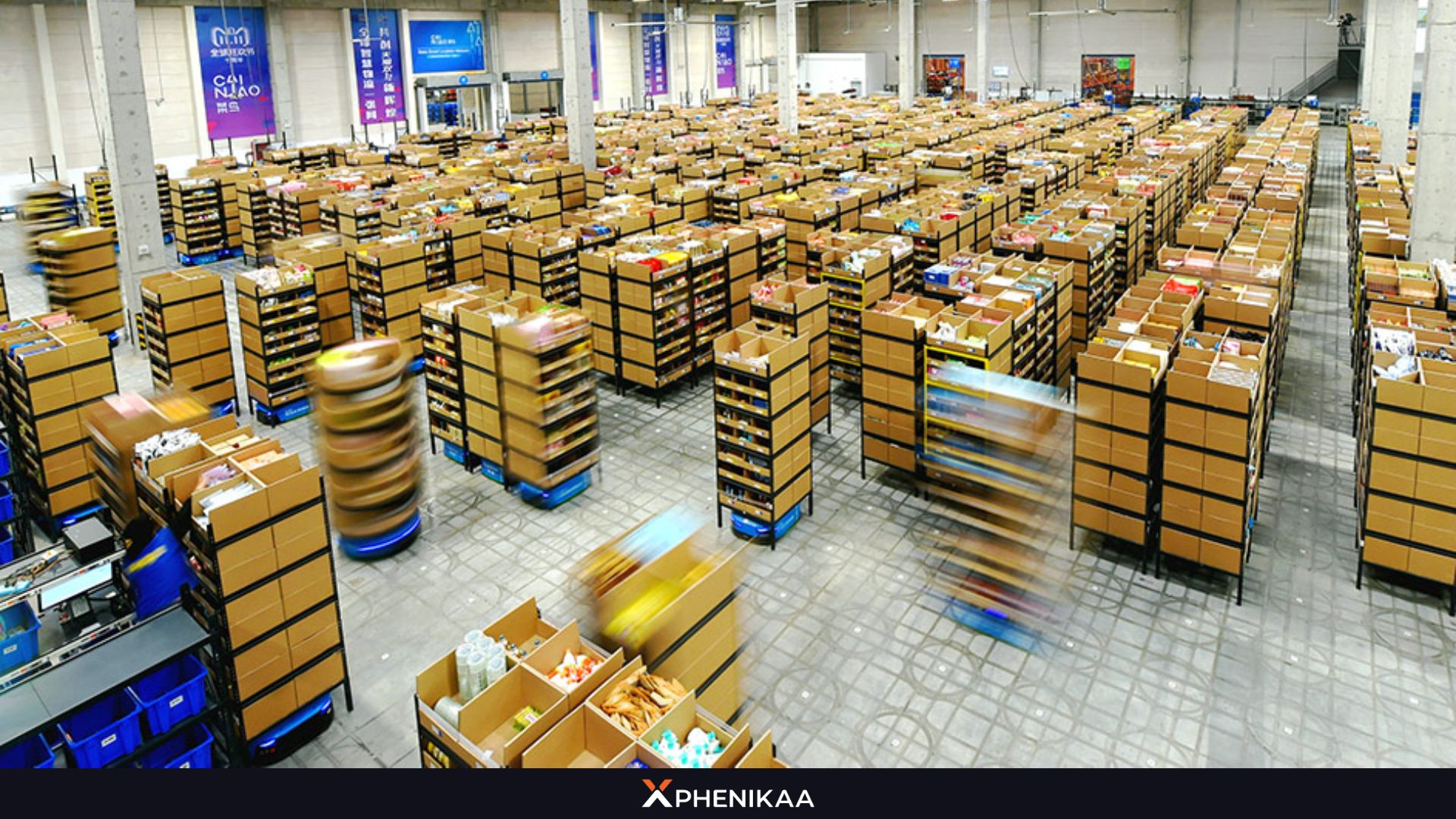
Currently, the Asia-Pacific region leads the global AMR market in both growth rate and market size, holding a 35.4% share of the global market in 2024. The region’s dominance is fueled by booming e-commerce and manufacturing sectors.
- China: The largest AMR market in the region, China leverages this technology to meet massive e-commerce demands. For instance, Alibaba deployed over 700 robots in its warehouses in 2018 to streamline order fulfillment.
- Japan, South Korea, India: These countries are heavily investing in automated manufacturing and logistics technologies to boost efficiency. Many factories and warehouses in these countries have shifted to fully automated operations, using only AMRs.
- Vietnam: Although Vietnam is a developing country, with its abundant workforce, low labor costs, and highly skilled and knowledgeable workers, AMR technology is increasingly thriving in this nation, attracting significant attention and investment from international technology corporations.
Reports show that AMR have replaced approximately 20-30% of repetitive tasks in warehousing and manufacturing, reducing order processing times by up to 50%. These advancements enhance operational efficiency and significantly cut labor costs in high-wage countries like Japan and South Korea.
2.2. AMR Market in Europe
Europe accounts for about 31% of the global AMR market share in 2024, driven by its leadership in smart manufacturing under the 4.0 technologies advance.
- Germany: A pioneer in Industry 4.0, Germany leads AMR development, with companies like KUKA and Siemens advancing smart production systems.
- France and the UK: These nations focus on urban logistics and automotive manufacturing, deploying AMRs to optimize operations.
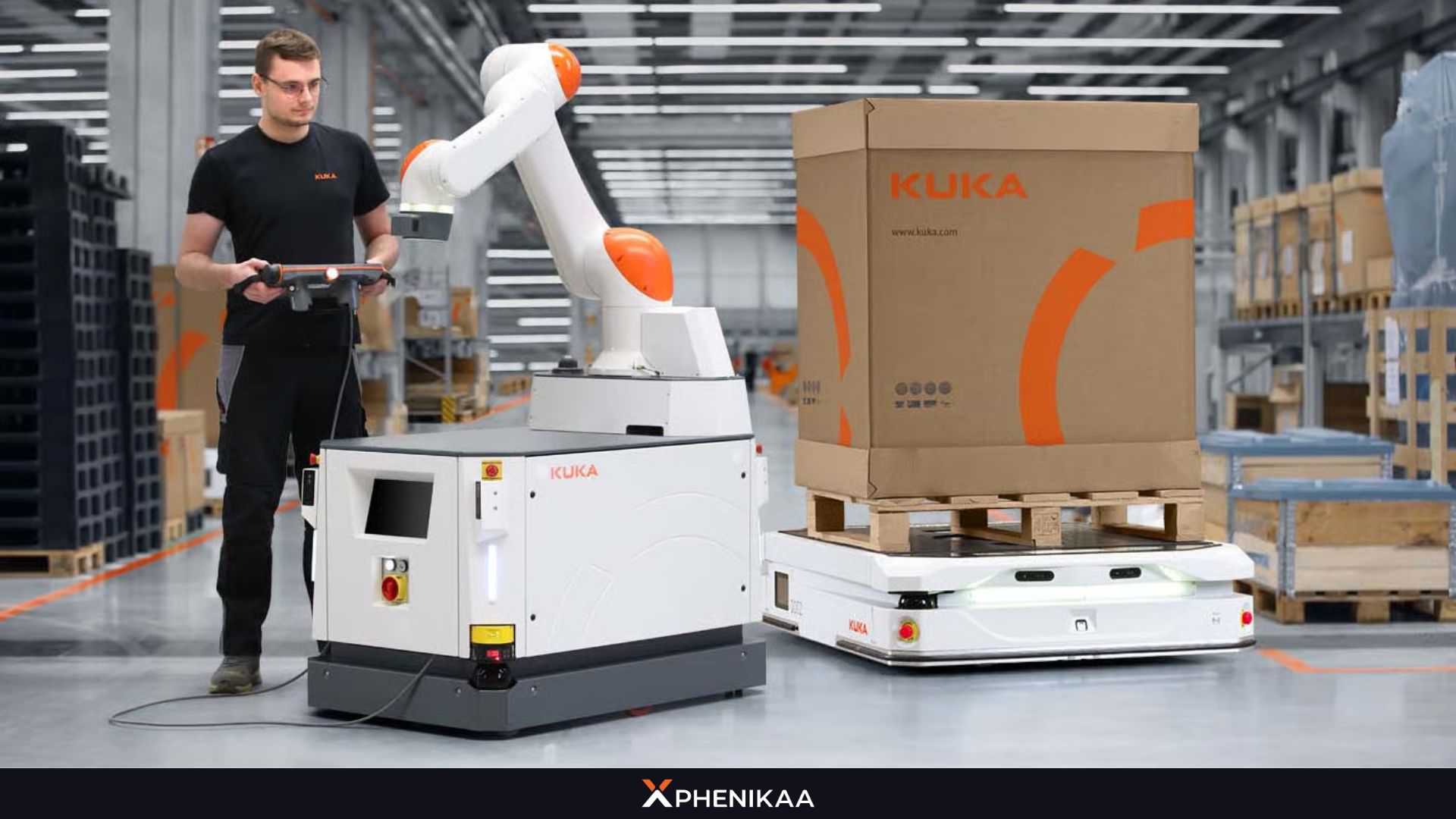
A distinctive feature of the AMR market in Europe is its stringent safety standards, particularly in Germany, a leading nation in engineering and mechanical technology. With integrated safety technologies such as dual-layer sensors and environmental scanning systems, AMR can significantly minimize workplace accidents, replace human labor in hazardous chemical environments, and contribute to meeting rigorous safety standards from the initial inspection phase.
2.3. Autonomous Mobile Robot Market in Americas
North America, led by the United States, holds a 33.8% share of the global autonomous mobile robot market in 2024, propelled by e-commerce and logistics growth. Notably, major brands like Walmart and Amazon have increasingly transitioned to AMR-driven operations for their distribution and product sorting activities in warehouses.
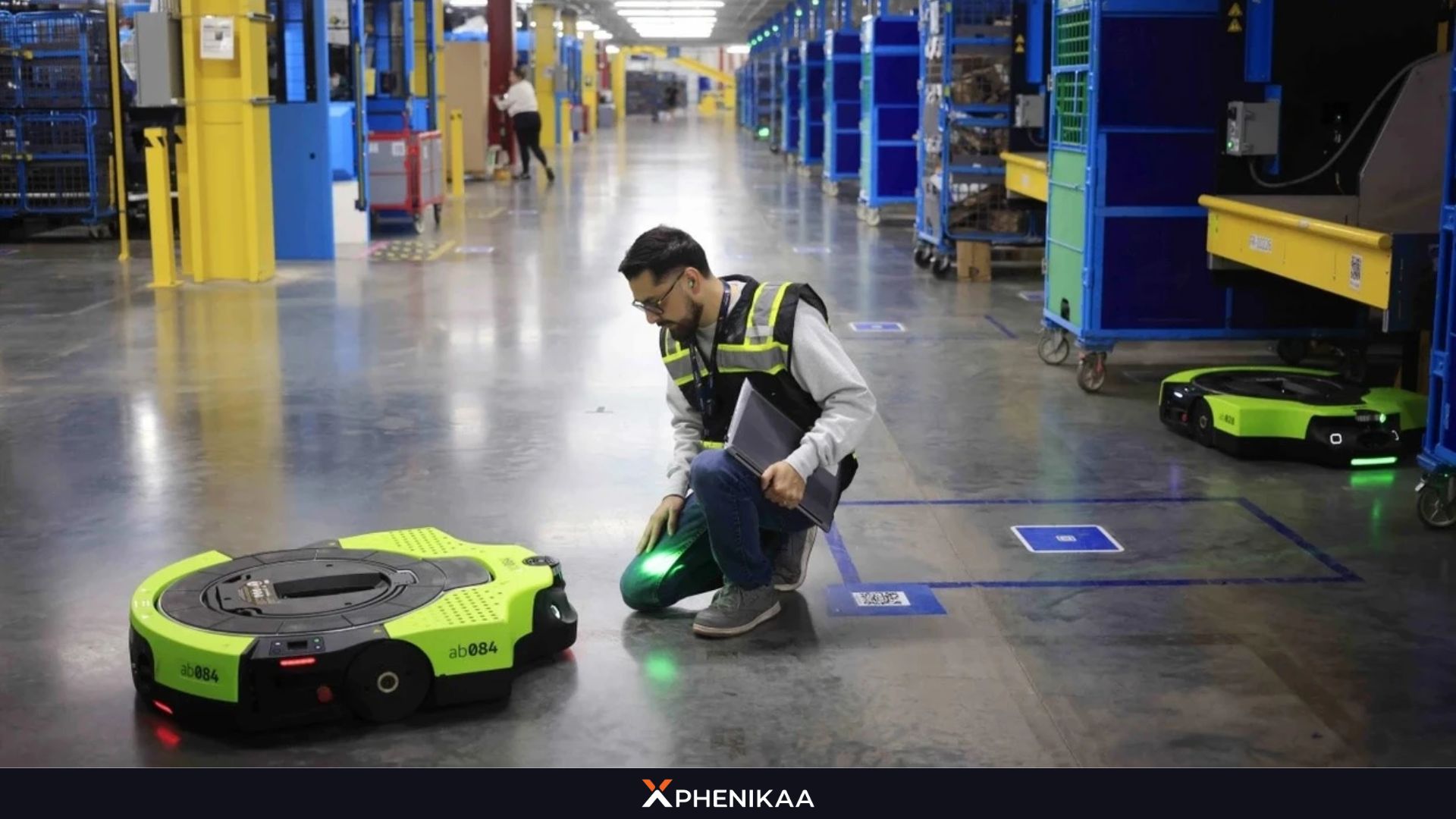
The trend of utilizing technology in manufacturing operations has gradually emerged in Canada and Mexico in recent years. It is estimated that approximately 25-35% of tasks in warehouses have been shifted to AMRs, enabling manufacturers to reallocate personnel to other more critical roles.
3. The Future of AMRs and Their Impact
3.1. Advancements in AMR Technology
In recent years, AMR are evolving with new technologies like AI and machine learning, enabling more precise navigation and real-time decision-making in dynamic environments. Several technologies, such as environmental sensing systems and SLAM, have become standard features in AMRs. This has made the cost of each AMR unit more affordable (around $10.000 – 20.000 /unit, check this article for the average AMR pricing) compared to the past, enabling businesses to more easily integrate this technology into their factories.
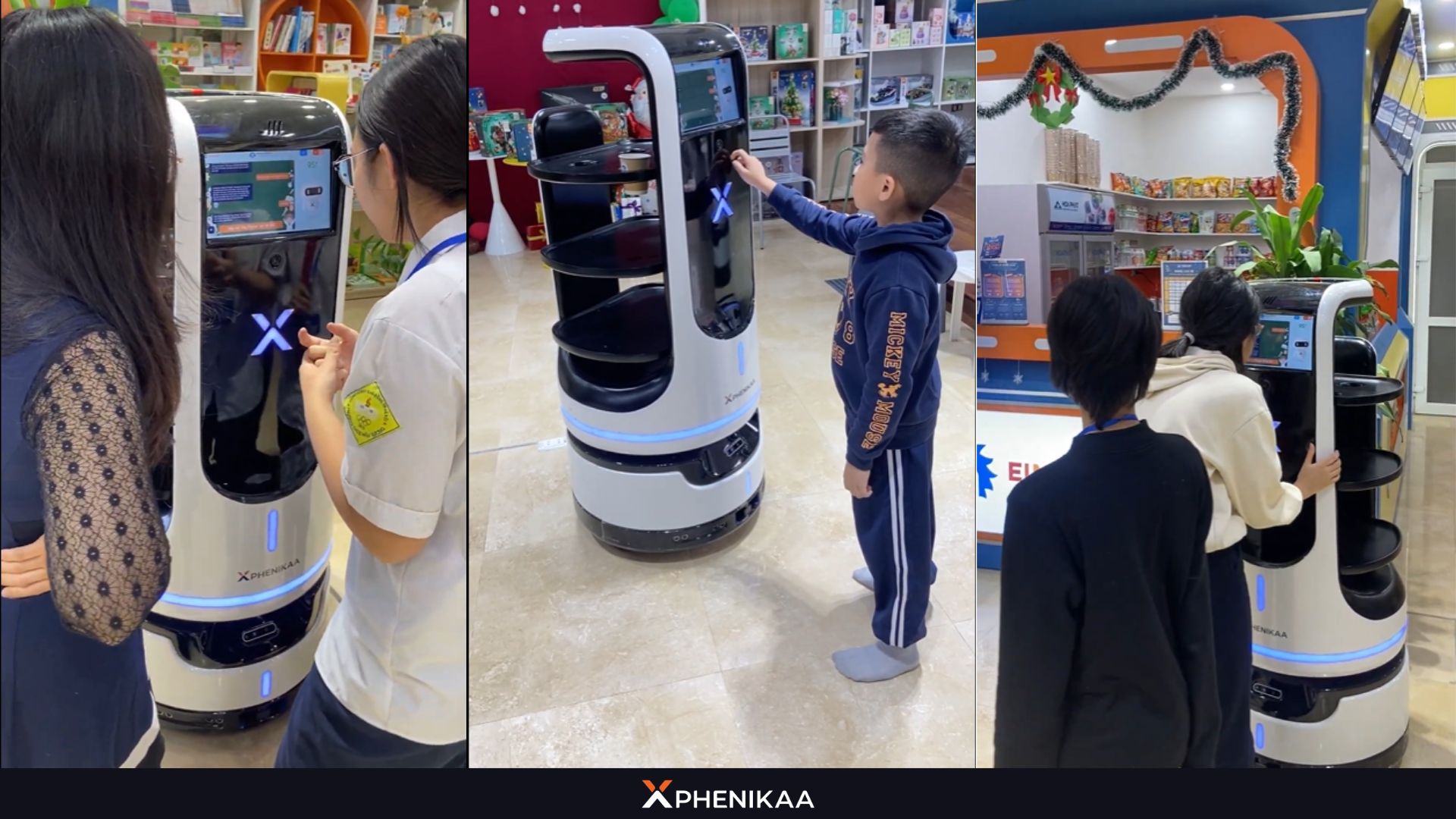
The acquisition and ownership of AMRs have become significantly easier due to the emergence of AMR manufacturers worldwide. Notable examples include Phenikaa-X (Vietnam), Geek+ (China), and others, enabling businesses in the region to efficiently deploy robots and access the necessary technological support to integrate AMRs.
3.2. New Applications of AMRs
Not only used in warehousing and manufacturing, AMR are expanding beyond traditional industries into new sectors:
- Services and Hospitality: Humanoid AMRs, such as those developed by Phenikaa-X, are deployed in restaurants, hotels, and airports for customer assistance, delivery or guidance.
- Healthcare: AMRs facilitate the transport of medical supplies, medications, and patient care support, easing the workload on healthcare staff. Check Autonomous Mobile Robots in Healthcare for detail about this application.
- Agriculture: AMRs automate tasks like planting, harvesting, and livestock management, improving agricultural efficiency.
With the surge in these advanced features, experts at Phenikaa-X predict that Autonomous Mobile Robot Market will become increasingly widespread in the tourism and hospitality sectors. In Vietnam, PhenMec is among the first hospitals to implement AMR to assist patients and their families with tasks such as delivering items, medications, answering questions, and facilitating communication. Several tourist destinations in Asia have also adopted service bots, enhancing service quality and attracting more visitors.
Conclusion
The above article has concisely compiled information on the Autonomous Mobile Robot Market as of the current moment. It can be said that AMR technology is thriving more than ever, gaining strong support from businesses and major corporations in order to stay competitive in the Industry 4.0 era. This is also an opportune time to integrate AMRs into your production operations.
Phenikaa-X is the Vietnamese Headliner on the AMR and robotic solutions field. Contact us today to learn more about integrating AMRs into your business:
- Facebook: https://www.facebook.com/phenikaa.x
- Hotline: (+84) 904530545
- Email: contact@phenikaa-x.com

